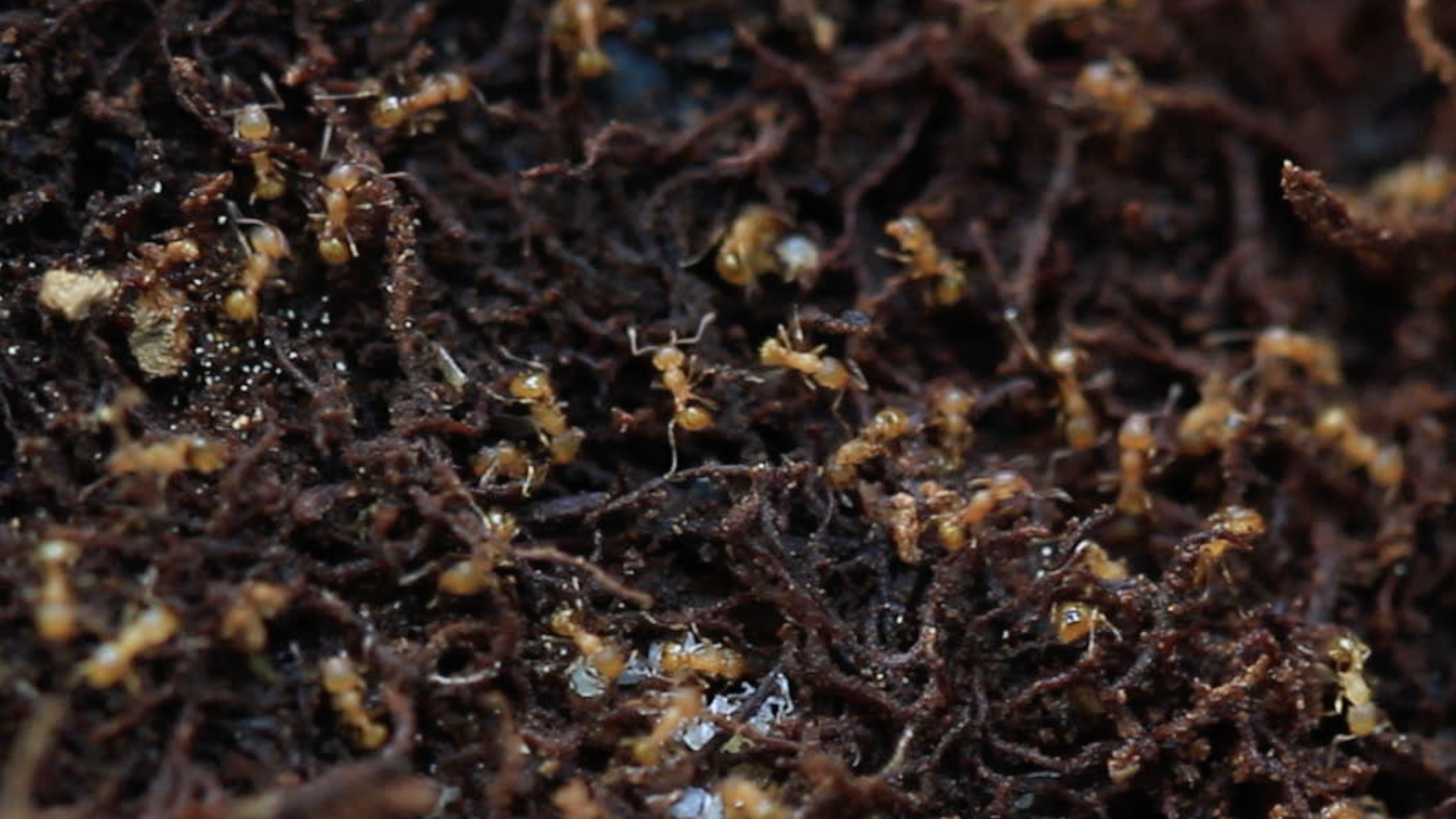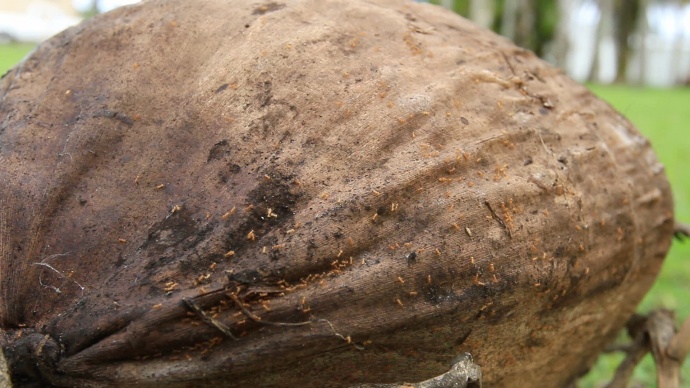Little Fire Ant Infestation Found on 12 Acres in Kapalua, Maui

LFA. Photo courtesy: Maui Invasive Species Committee
On Wednesday, Nov. 2, the Maui branch of the Hawaii Department of Agriculture received a sample of ants from Kapalua. An area resident mailed in the sample after calling the office to report what she thought may have been little fire ants. After confirming that the sample was indeed little fire ant, three inspectors went out to do an initial survey that day.
Upon arrival, HDOA staff could see trails of little fire ants on vegetation, indicating the ants had been present for a significant amount of time, probably years. On Monday, Nov. 7, crews from the Maui Nui Seabird Recovery Project, Puʻu Kukui Watershed Preserve, and the Maui Invasive Species Committee joined forces in surveying to determine the extent of the infestation.
An estimated 2,000 samples were collected and the infestation is estimated to be 12 acres, though that acreage may increase as further surveys are conducted.
The majority of the infested area is in and around grass and ornamental gardens but the population extends down to the shoreline. There is a separate small infestation in a nearby gulch used to dump green waste. Crews from the MISC are continuing to survey in the area.

LFA on coconut. Image courtesy County of Maui.
Of particular concern is the proximity of the infestation to the largest active coastal seabird nesting colony on Maui; Hāwea Point.
Little fire ants are a particular threat to nesting seabirds and their young. Experts say seabirds are naïve to the threat of little fire ants; they habitually return to ancestral nesting grounds year after year, sitting on nests despite invasive ants swarming them.
“When chicks begin to hatch from their eggs, ants, seeking the abundant protein of a meat meal, will enter the initial hole, opened by the chick to exit, and eat the emerging chick before it can break out of the egg shell,” said Jay Penniman, manager of the Maui Nui Seabird Recovery Program.
Chicks that successfully hatch are programmed to stay in the burrow and wait for their parents to return with food. Invasive ants, like the little fire ant, will sting the chicks repeatedly and these stings can affect the chick’s development; hatchlings in ant-invaded areas oftentimes fail to grow feathers. Fortunately, no little fire ants were found in the seabird colony.
Adam Radford, manager of the Maui Invasive Species Committee is optimistic. “The infested area is in terrain that is easy to access and we have support from the property managers in the area. They understand the severity of the situation and are helping us in every way they can.”
Staff are now working with all affected parties as well as Hawaii Ant Lab, the experts in little fire ant control, to develop a plan for eradication. Treatment will begin in early December. The Department of the Land and Natural Resources, Hawaii Department of Agriculture, and Maui Nui Seabird Recovery Project have all expressed their willingness to assist as needed.
The community can assist by sampling around their yards for the little fire ant and mailing samples to either MISC or the Maui Branch of the Hawaii Department of Agriculture. Find resources and testing information at stoptheant.org and littlefireants.com.










